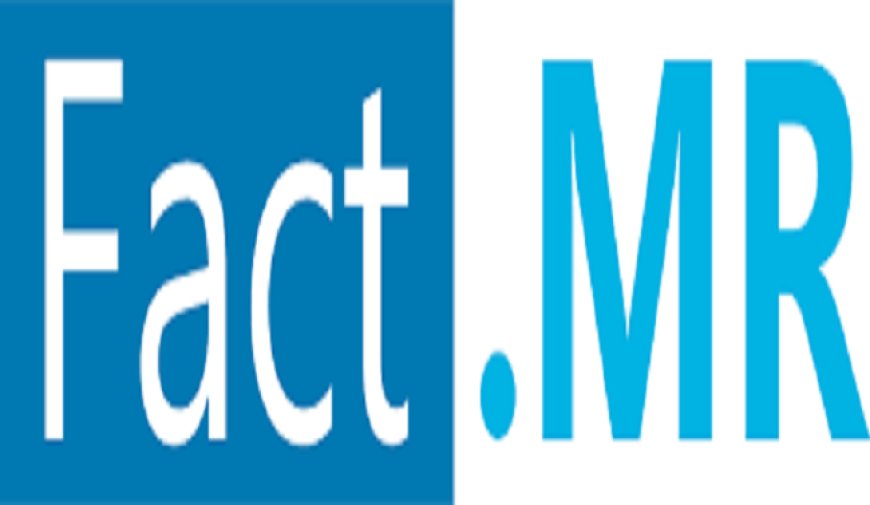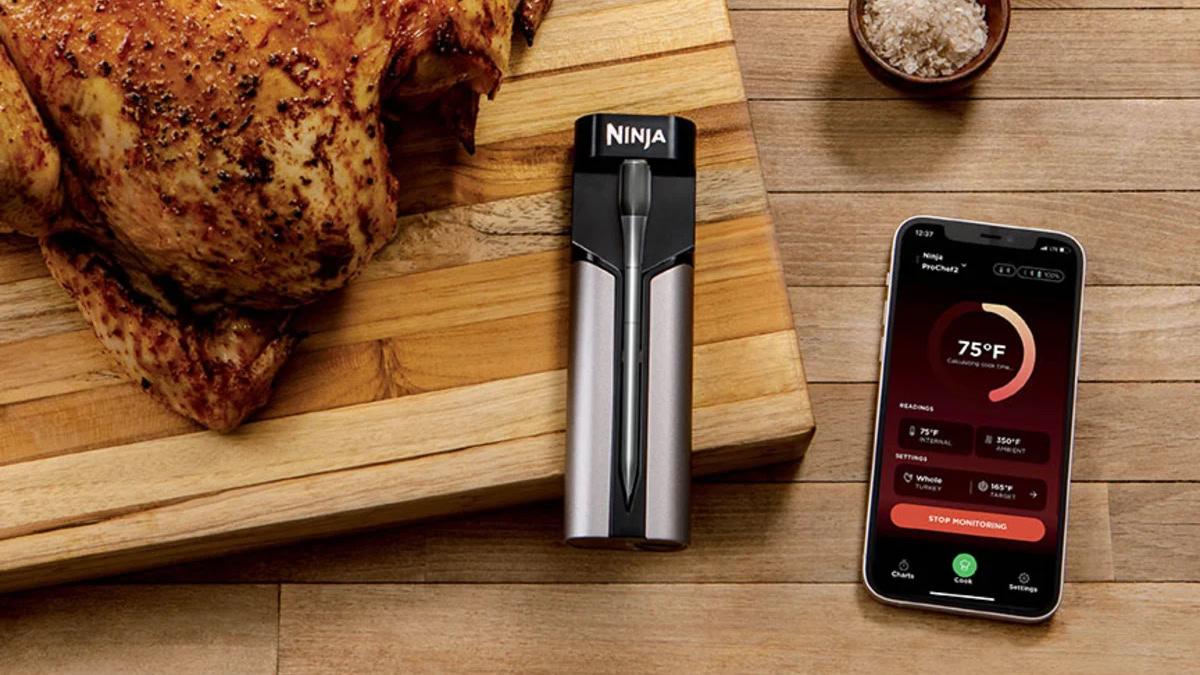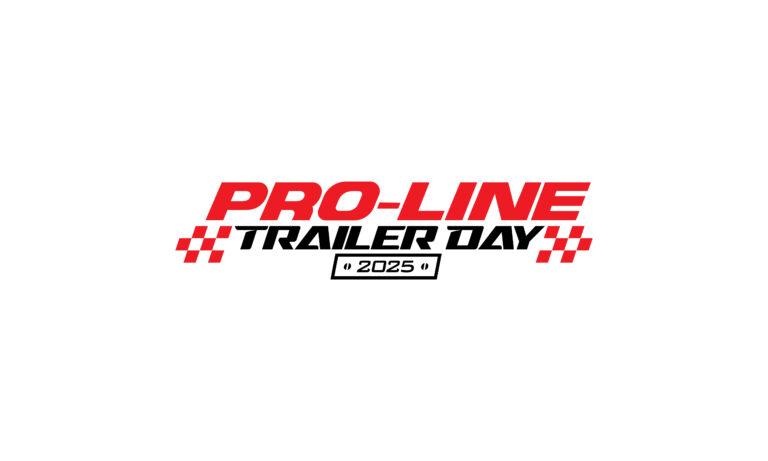Zero Proof Spirit Market Size, Demand & Growth Forecast by Fact MR
The global zero proof spirits market (제로 프루프 정신 시장) is poised to grow at a steady 10% compound annual growth rate (CAGR), with a projected value of US $271 million by the conclusion of 2033.

The global zero proof spirits market (제로 프루프 정신 시장) is poised to grow at a steady 10% compound annual growth rate (CAGR), with a projected value of US $271 million by the conclusion of 2033. Zero-proof spirits are non-alcoholic beverages that mimic the taste and experience of traditional alcoholic drinks. They're a healthier option, as they don't have the negative health effects associated with alcohol. They're lower in calories, don't cause hangovers, and are safe for driving. They're inclusive, suitable for various social occasions, and align with mindful drinking trends. Zero-proof spirits are versatile for making cocktails and comply with legal restrictions.
The growth of the zero-proof spirit market is primarily driven by the rising trend of health-conscious and mindful drinking. Consumers, especially younger generations, are seeking alternatives that provide the taste and experience of alcoholic beverages without the associated health risks. Creating non-alcoholic beverages that replicate the taste and quality of traditional alcoholic drinks can be a significant challenge. Achieving a balance between flavor, aroma, and mouthfeel without alcohol is crucial to winning over customers.
Key Takeaways
The US zero-proof spirit market is anticipated to experience a steady 7.8% compound annual growth rate (CAGR) throughout the forecast period, reflecting a growing consumer interest in non-alcoholic alternatives. Notably, North America is poised to hold a dominant position in this market, showcasing the region's receptiveness to zero-proof beverages. Meanwhile, in China, the market is expected to exhibit even more rapid growth, with an anticipated CAGR of 10%, underscoring the global nature of the trend towards non-alcoholic options.
Within the zero-proof spirit category, zero-proof whiskey is projected to emerge as a particularly sought-after segment, with a significant demand expected to drive a CAGR of 9.7%. Moreover, this segment is forecasted to maintain robust growth momentum, with an estimated CAGR of 8.9% during the forecast period, reflecting the increasing popularity of whiskey alternatives among consumers seeking alcohol-free options without compromising on flavor or experience.
List of Key Companies Profiled in The Report
- Arkay Beverages Inc.
- Ritual Zero Proof
- Optimist Botanicals
- Cut Above Spirits
- Ghia
- Strykk
- Drink Monday
- Ceder’s.
- Others
Analysis by Country
Zero Proof Spirits Market Research in the United States:
With an absolute dollar increase of US$ 45 billion from 2023 to 2033, the market in the United States is predicted to increase in value to US$ 89 million by 2033. From 2018 to 2022, the market in the United States grew at a CAGR of 8.4%, and from 2023 to 2033, a CAGR of 7.8% is anticipated.
Over 200,000 liters of zero proof spirits were produced in the US in 2018. In the United States, production rose to about 700,000 liters by 2020. The beverage market is always changing, and businesses are constantly looking for fresh things to give consumers. The popularity of zero-proof alcohol is a reaction to shifting customer preferences and presents businesses with a fresh and cutting-edge product category to consider. The market is expanding as a result of the rising consumer demand for zero-proof spirits' production and consumption.
Competitive Analysis: Recent Market Developments
In September 2021, Diageo, the world's leading spirits producer, introduced "Lunya," an alcohol-free spirit crafted with botanicals to cater to the growing segment of consumers opting for reduced alcohol consumption.
In May 2021, Arkay Beverages expanded its non-alcoholic spirits line with a new alcohol-free vodka made from non-GMO corn, adding to their range of alternatives, including whiskey, gin, and tequila.
In January 2021, Arkay Beverages opened a new bottling plant in Mexico, enhancing production and distribution capabilities in North America.
What's Your Reaction?
 Like
0
Like
0
 Dislike
0
Dislike
0
 Love
0
Love
0
 Funny
0
Funny
0
 Angry
0
Angry
0
 Sad
0
Sad
0
 Wow
0
Wow
0



















































